Berlin’s fashion scene is buzzing with creativity, and at the heart of it is Dennis Chuene, a designer whose work defies the ordinary. Known for his bold, eclectic designs that effortlessly blend the avant-garde with timeless elegance, Dennis has quickly become a name to watch in the industry. His commitment to sustainable fashion and innovative approaches have set him apart, making his collections a staple on the fashion radar.
Today, we sit down with Dennis Chuene to talk about what drives his creativity, how Berlin influences his work, and his vision for the future of fashion. From his latest collection to his thoughts on sustainability, get ready to dive into the mind of a designer who is not just following trends but creating them.
Could you share more about your journey as a fashion designer and how you transitioned to establishing your brand in Berlin?
I started when I was 17 and remade my dad’s old shirt. I wanted to continue sewing then, but instead, I went to study marketing and advertising at university for a full year, while still making clothing. As you might have guessed marketingwasn’t for me at all so I dropped out.
Thankfully my dad supported my decision. That’s how I started studying fashion. However, soon I was forced to drop out again because I didn’t have enough money to pay for my course.
One of those days a strange lady ran up to me in a mall and I went: “I think you should come study at my school”. I declined straight away because I didn’t want to get any more formal training. She insisted and gave me her business card.
Shana Edelstein, London International School of Fashion. When I saw it, I thought: FUCK YES. It was cool and expensive and I wouldn’t be able to pay for it myself. So, I went to study at the London International School of Fashion in South Africa.
Still, at school, I occasionally got to know the top South African designer, David Tlale. We picked up a conversation andguess what? He started asking me about ME. Because he has already heard about my work from the Fashion Week andmy school. The very same day we went down for a drink and he hired me.
But there was also a brand that I wanted to either work or intern for. Every day for three months straight I would go to Strangelove, knock on their door, and ask them for a job. Every day they’d say no. So, I’d come again.
„Because today it is a “no”, tomorrow it might be a “yes”.
They hired me eventually. I was studying and working 2 jobs at that point.
In 2006 I worked on David Tlale’s Exodus collection with which he went to the Paris Fashion. In that show 70 to 80 % of the menswear pieces were straight out of my wardrobe: the pieces I would design and wear myself. We made a few other items but the majority of the collection was designed by me.
I am sharing this now because I am not the only one who has experienced it. My lecturer came to me after the showand said: “It’s a pity nobody’s ever going to know that that were your designs”. The hard part about being an employee in somebody’s company is that they take all the glory, and you are just a supporting act.
David was a great leader. He got me thinking out of the box and creating pieces within his theme. Nonetheless, the truthis the truth. They were my pieces.
After that still in 2006 I started my own label Vernac while still working for David Tlale. I was making upcycled China tartan bags. When I featured them in the show David told me to protect my idea because people were going to steal it. But I did not care, because
„I was more than one idea.“
Later I resigned and worked for a couple of other designers for a few years. But all that time I felt like I wasn’t being seen as a creator.
Hence in 2010, I moved to Cape Town. I was in a new city with 15 bucks in my pocket, no job, and no desire to do fashion any longer. Because it felt like I had prostituted myself to other brands and got nothing from it.
I started working at a call center. The level of frustration was rising. Those were 2 very bitter years of my life. Up until 2012 when I met my future wife and everything changed. Because she inspired me to design again.She said I was far too talented to work at the call center. She said: “Quit. I’ve got your back”. All everybody needs is just one person to believe in them, she was the person who truly believed in me.
„I will support you regardless, you need to just go back and do it.“
And I rekindled my designs. With my wife’s emotional and financial support, I went into denim and creating bags again,while keeping my job at the call center. I made a decision that I would only quit
when I’d make the equivalent of my salary with my designs. It took me about seven months until I could quit.
It was almost 2013. And I was developing Vernac making clothes and bags. The clothing part was more of a loveinterest and pleasure while sales of the bags kept everything afloat. Bags are easy, it’s just grab and go product. So Idid that.
When did you do your first Fashion Week show? And how did it feel for you?
In 2017 in Cape Town I had my first show. And oh, it felt great.But there was more to it than just my show. Remember how my future wife has been an integral part of what I do?
She was at the show that day. Nobody knew her. She is not a person for the limelight, but she is in the background of everything I am doing. So, when I was about to take all the glory for the show she helped me prepare…
„I proposed to her.“
At the end of my show, I got on one knee with the ring in my hand and asked her to be my wife in front of 300 people and TV cameras. I had prepared a speech but all that came out of my mouth was some incoherent blubber. Thank God the ring was speaking for itself. And thank God that she said “YES”. I did it because everybody saw and applauded me and my work. But they didn’t know that none of it would have happened if she hadn’t said back then: “Quit. I’ve got your back”.
„I got the girl and I got the show.“







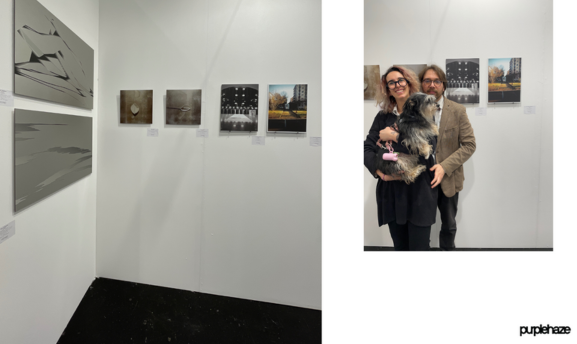

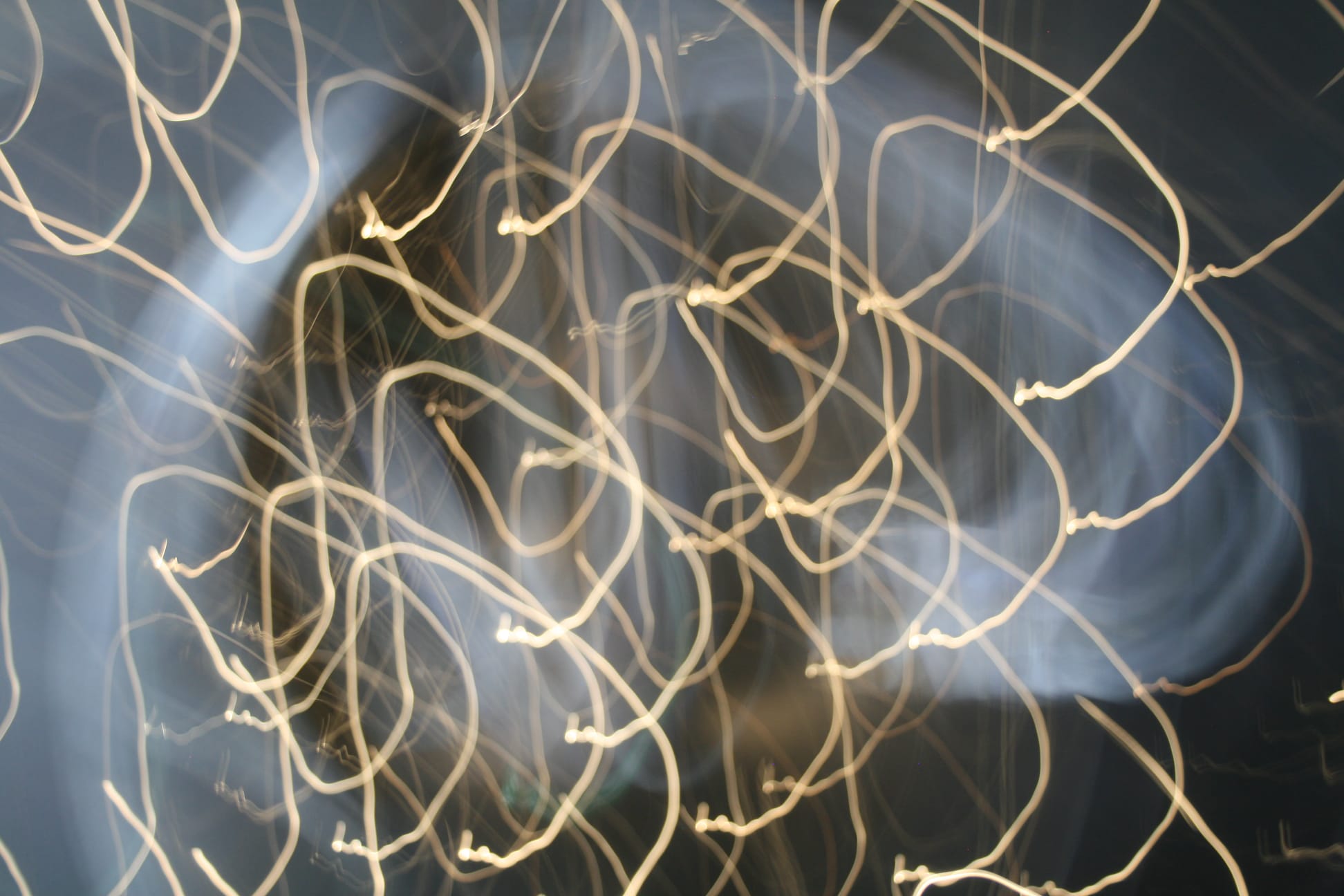

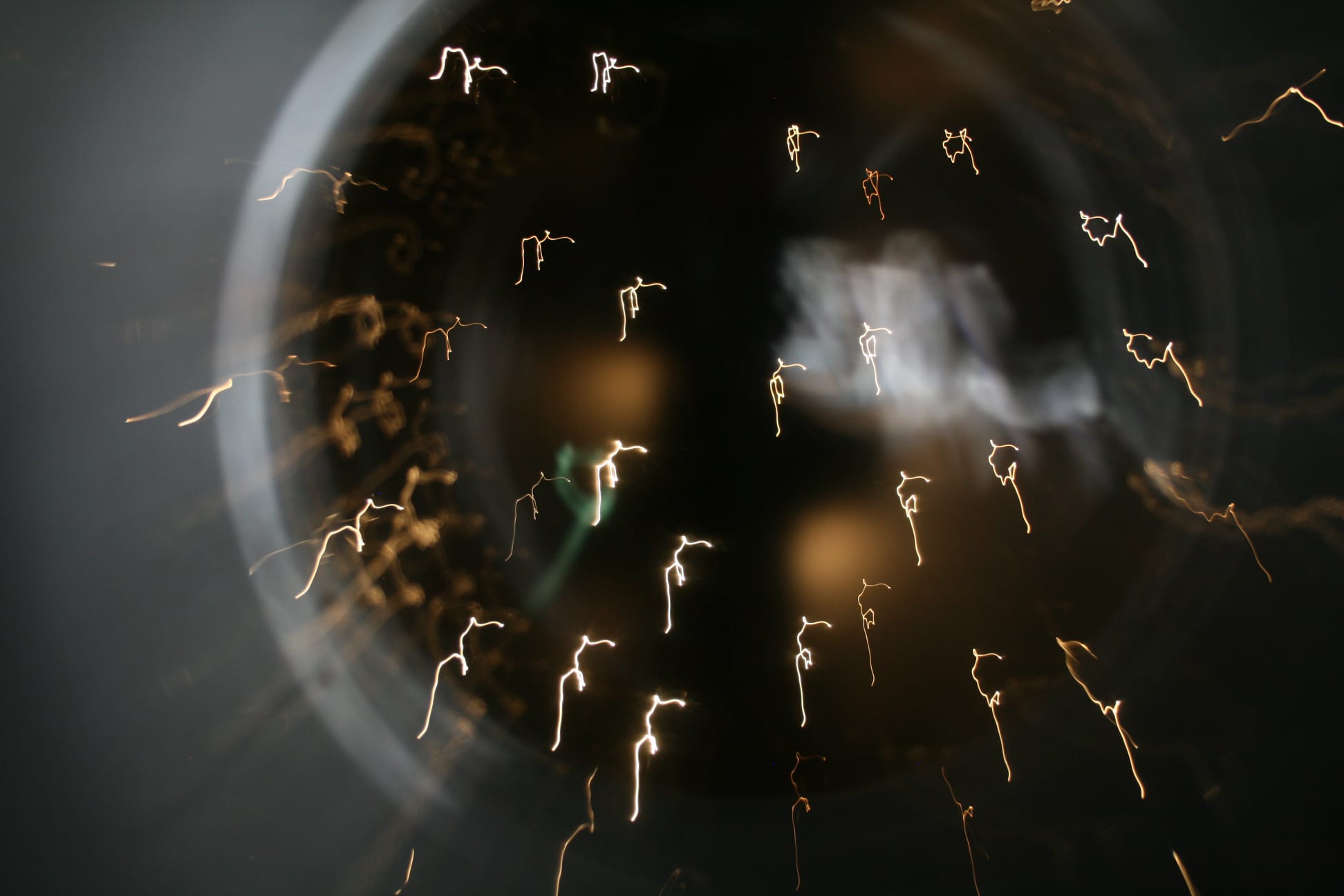
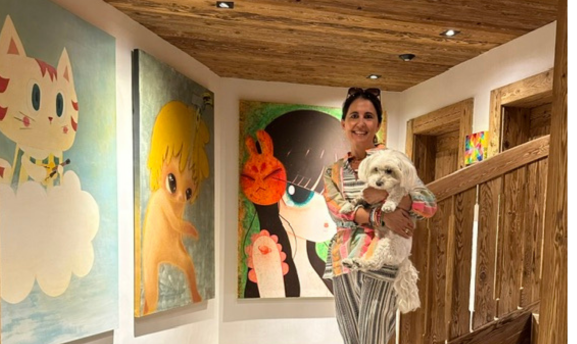
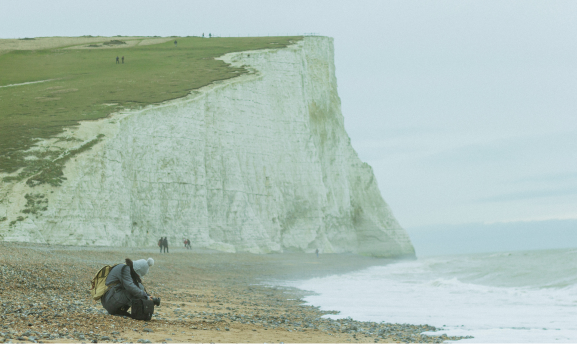

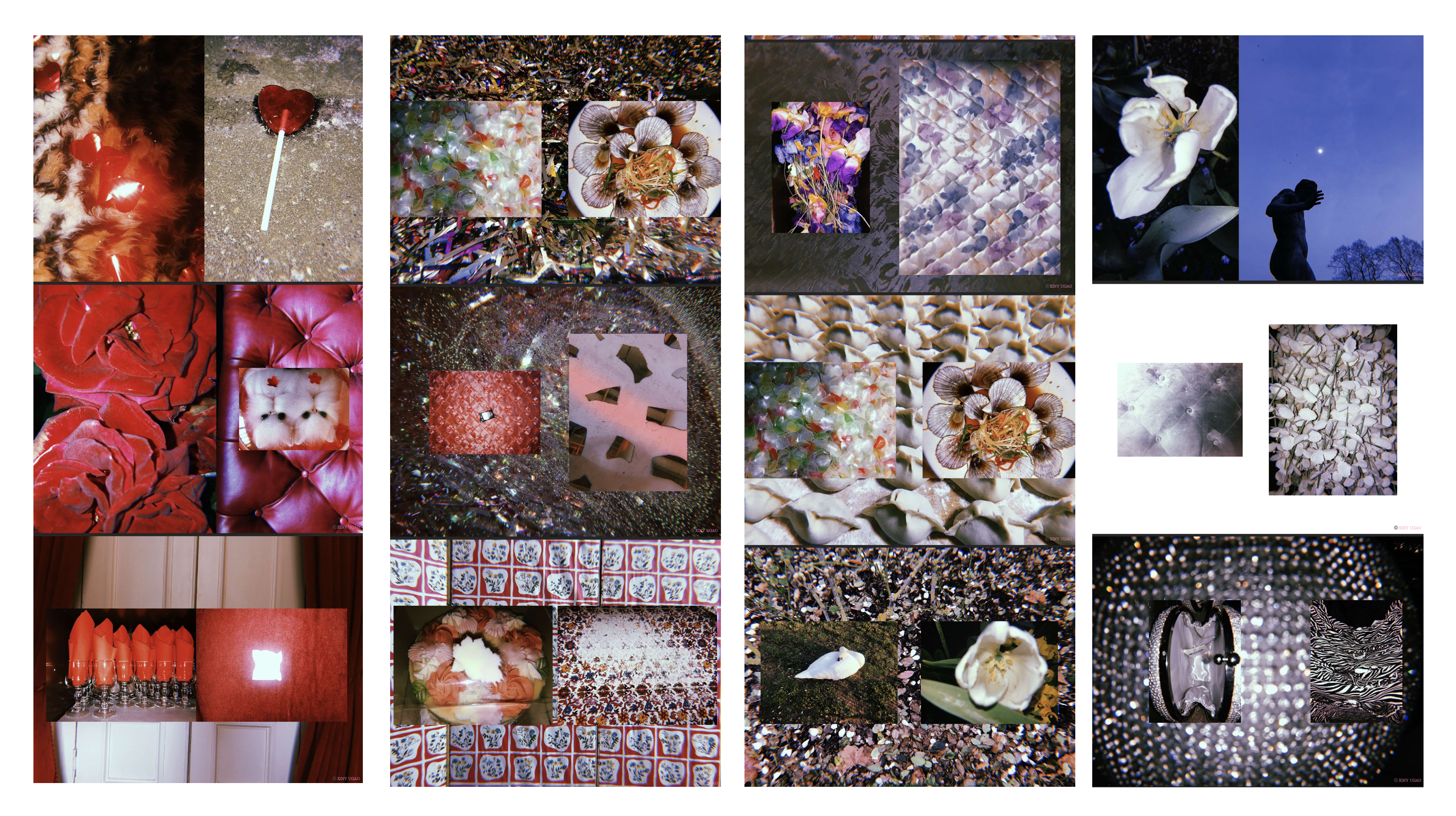
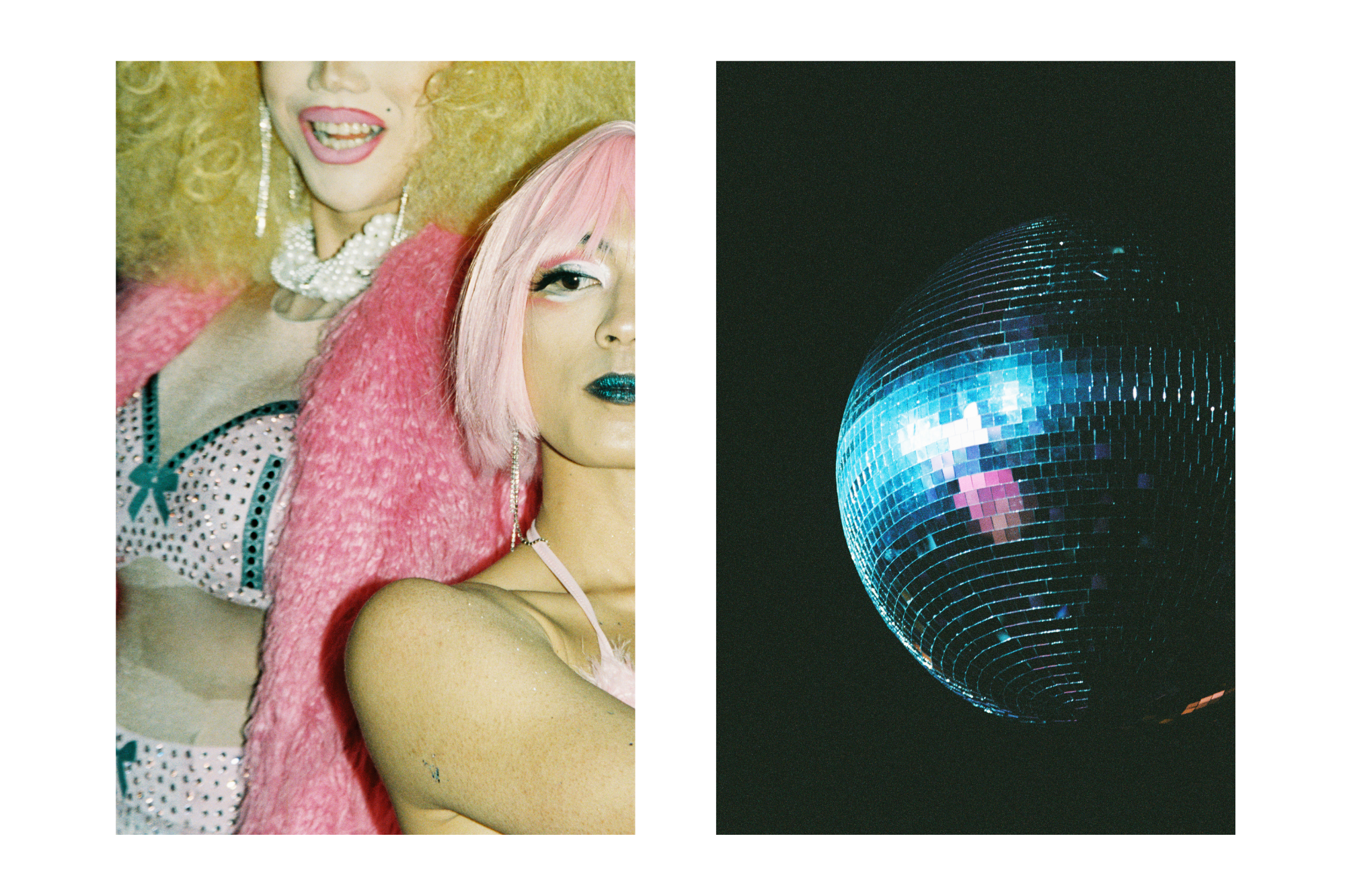

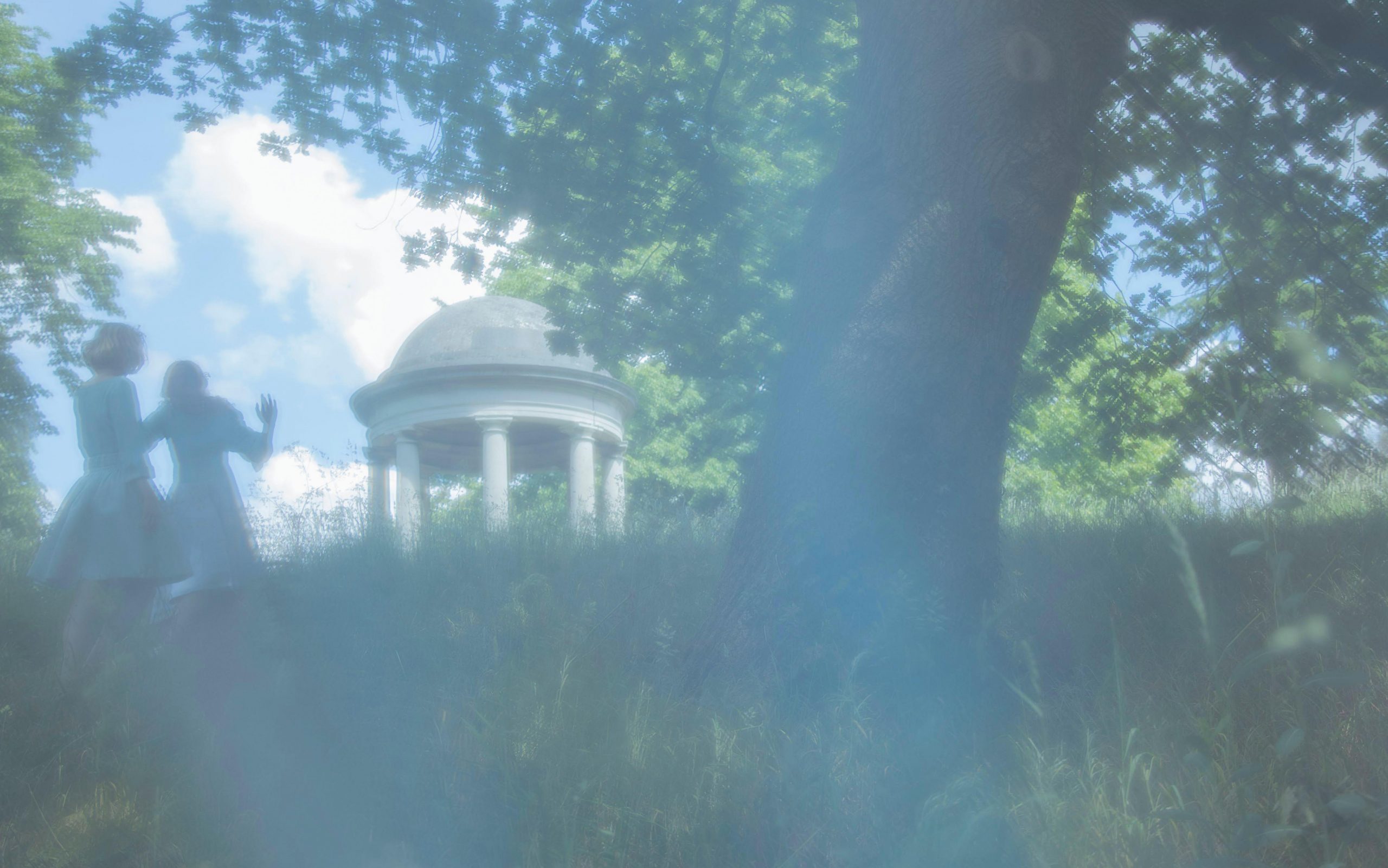
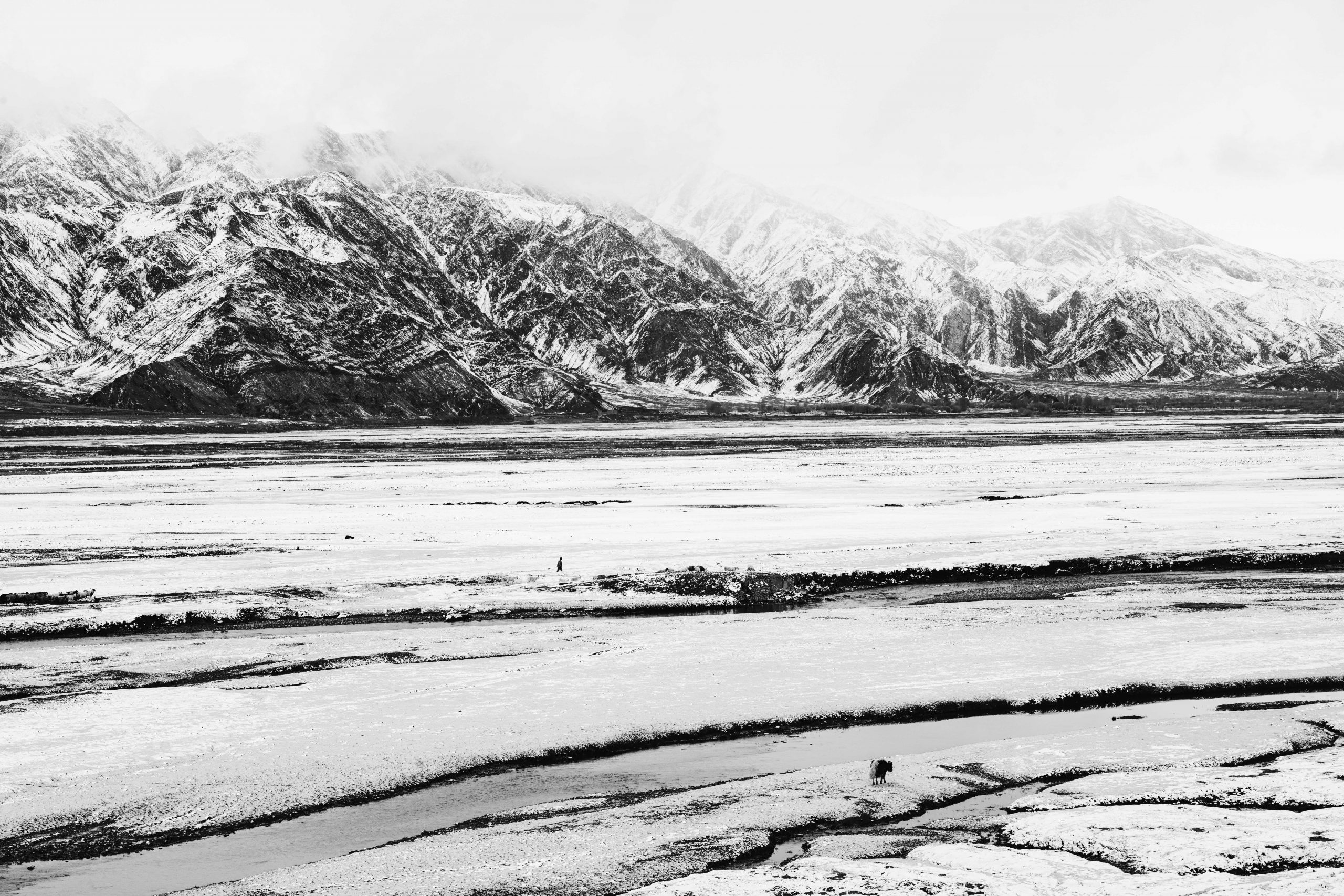
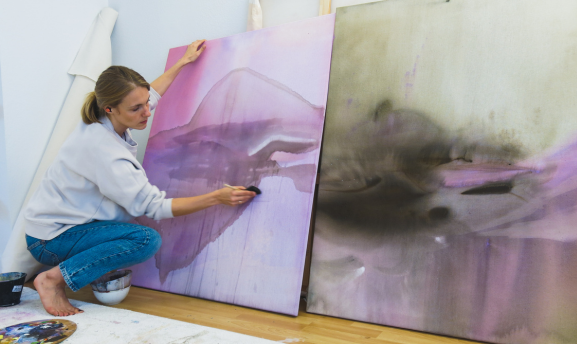
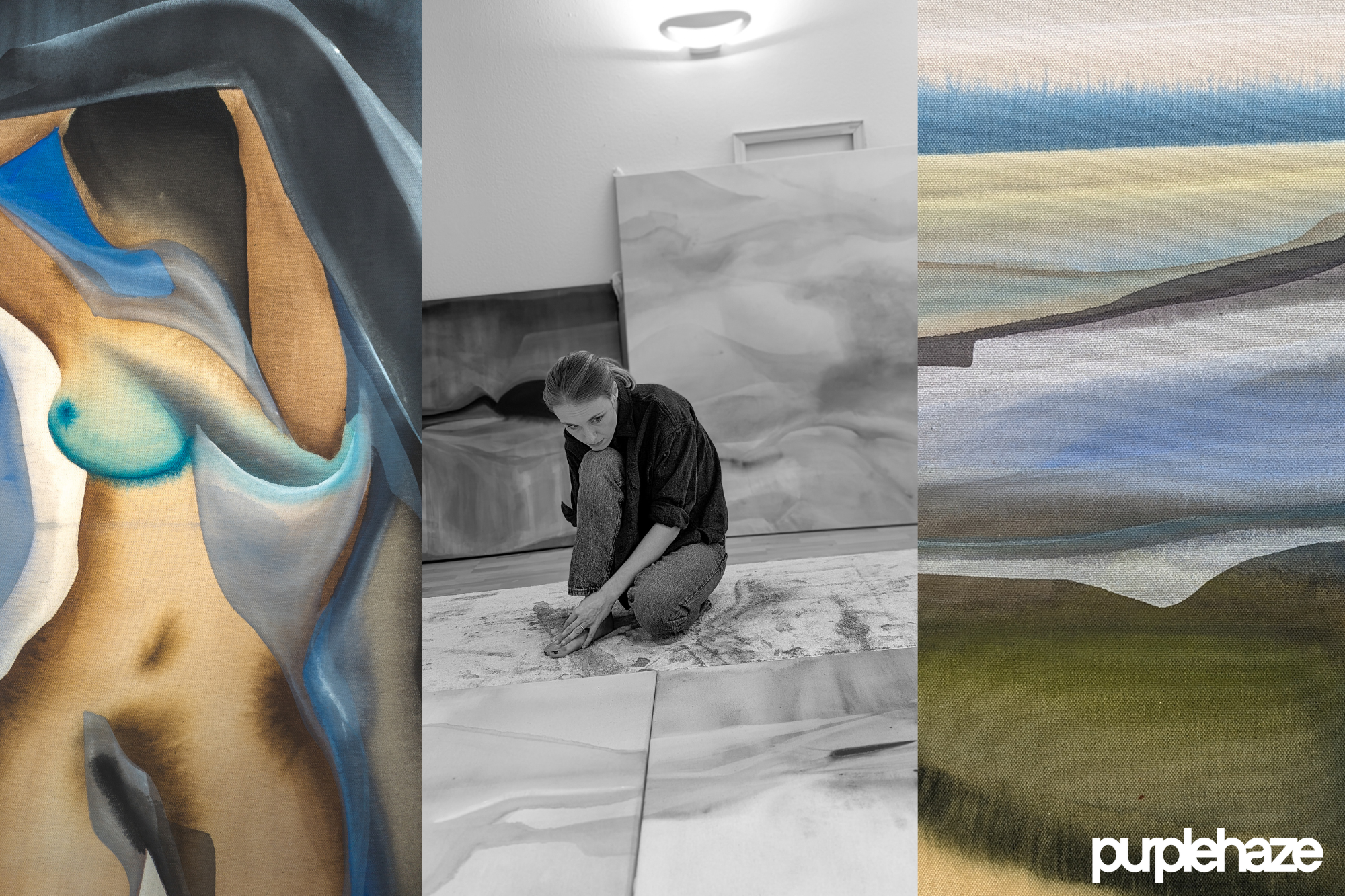
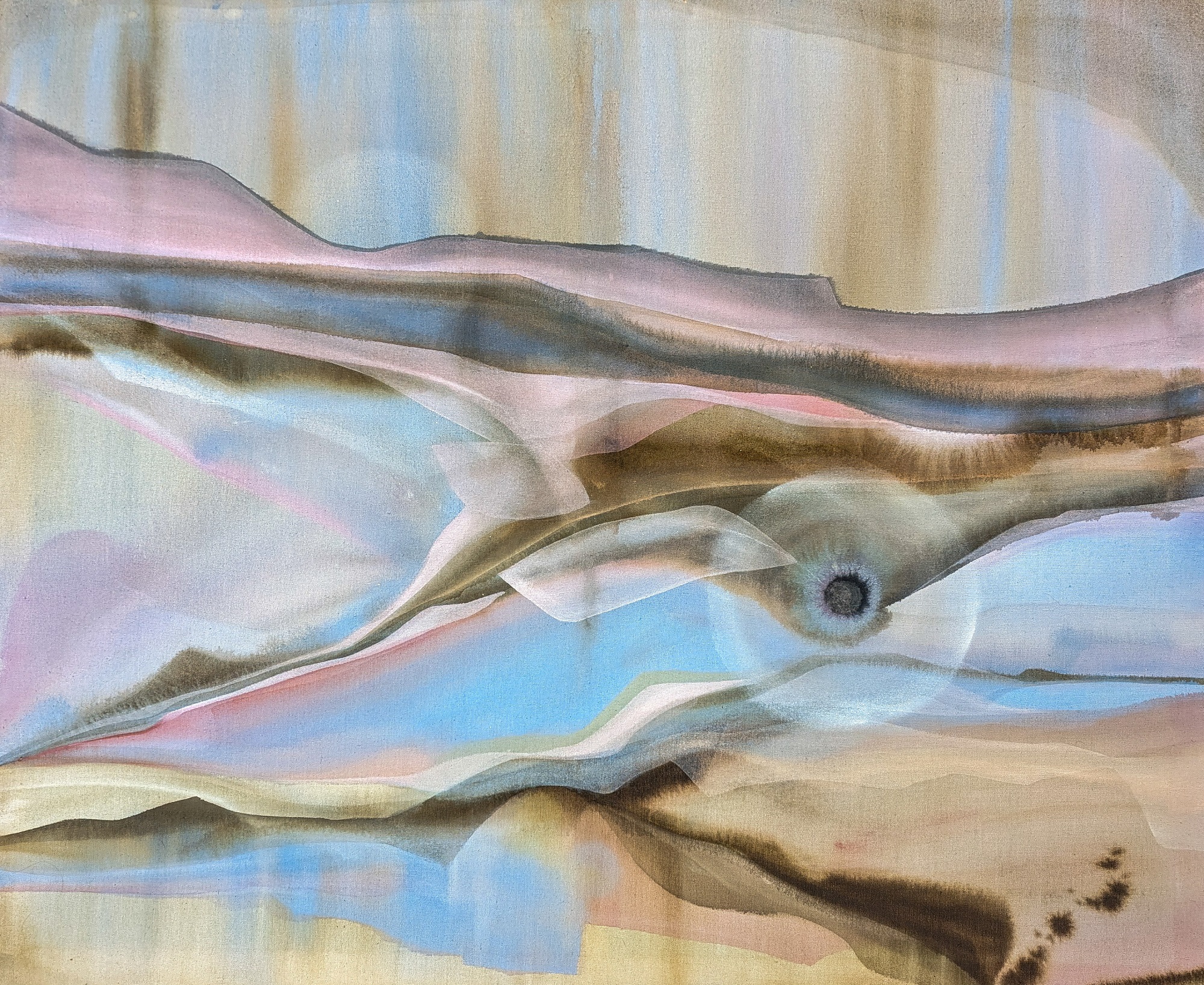
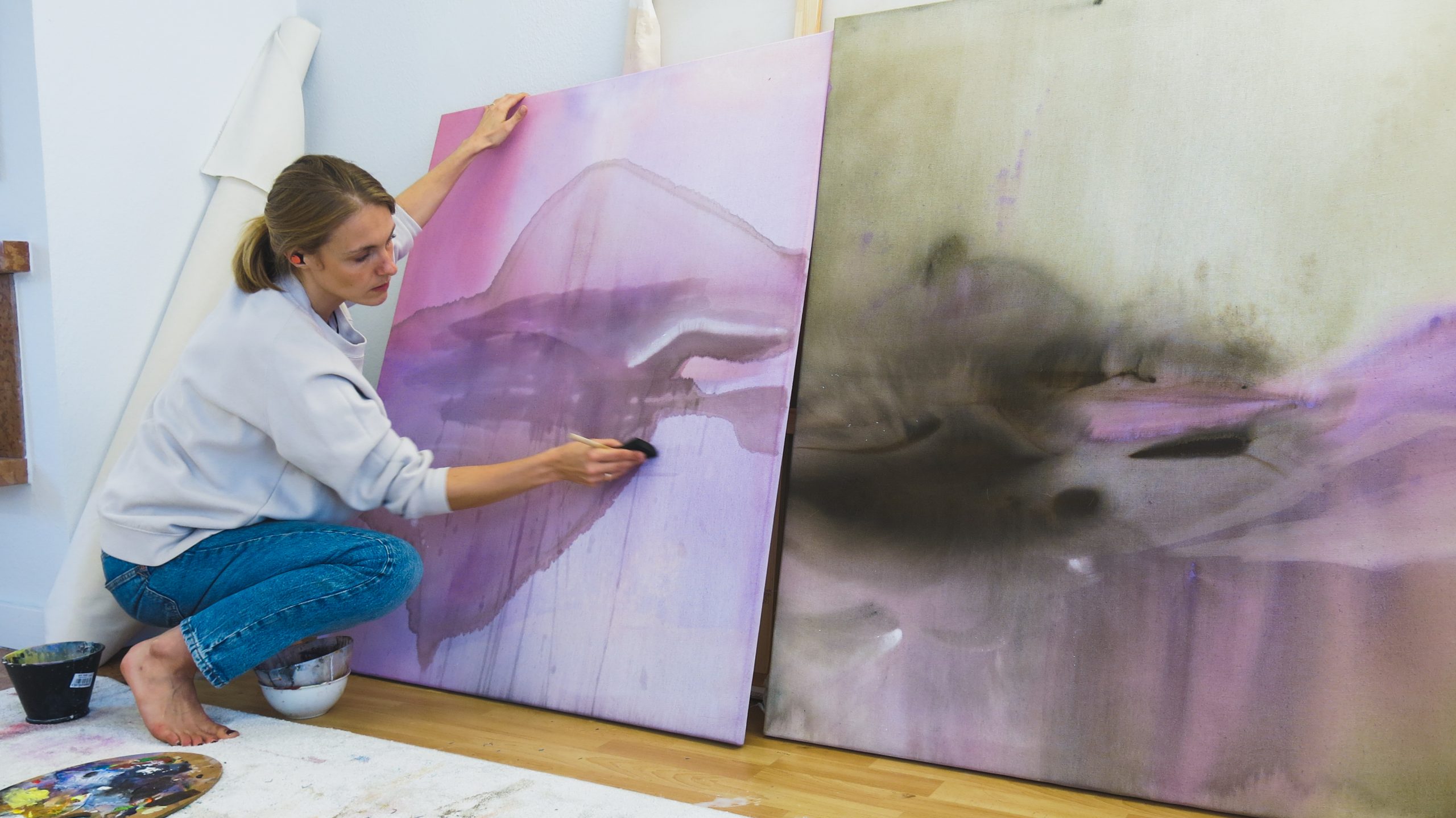
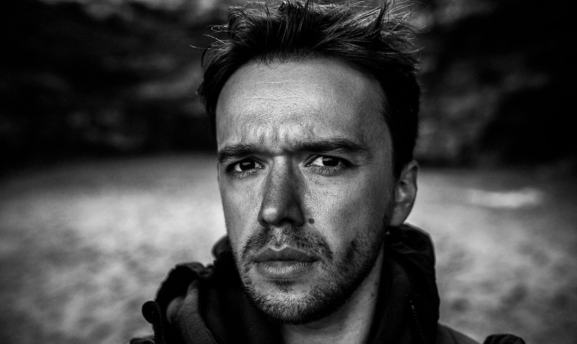

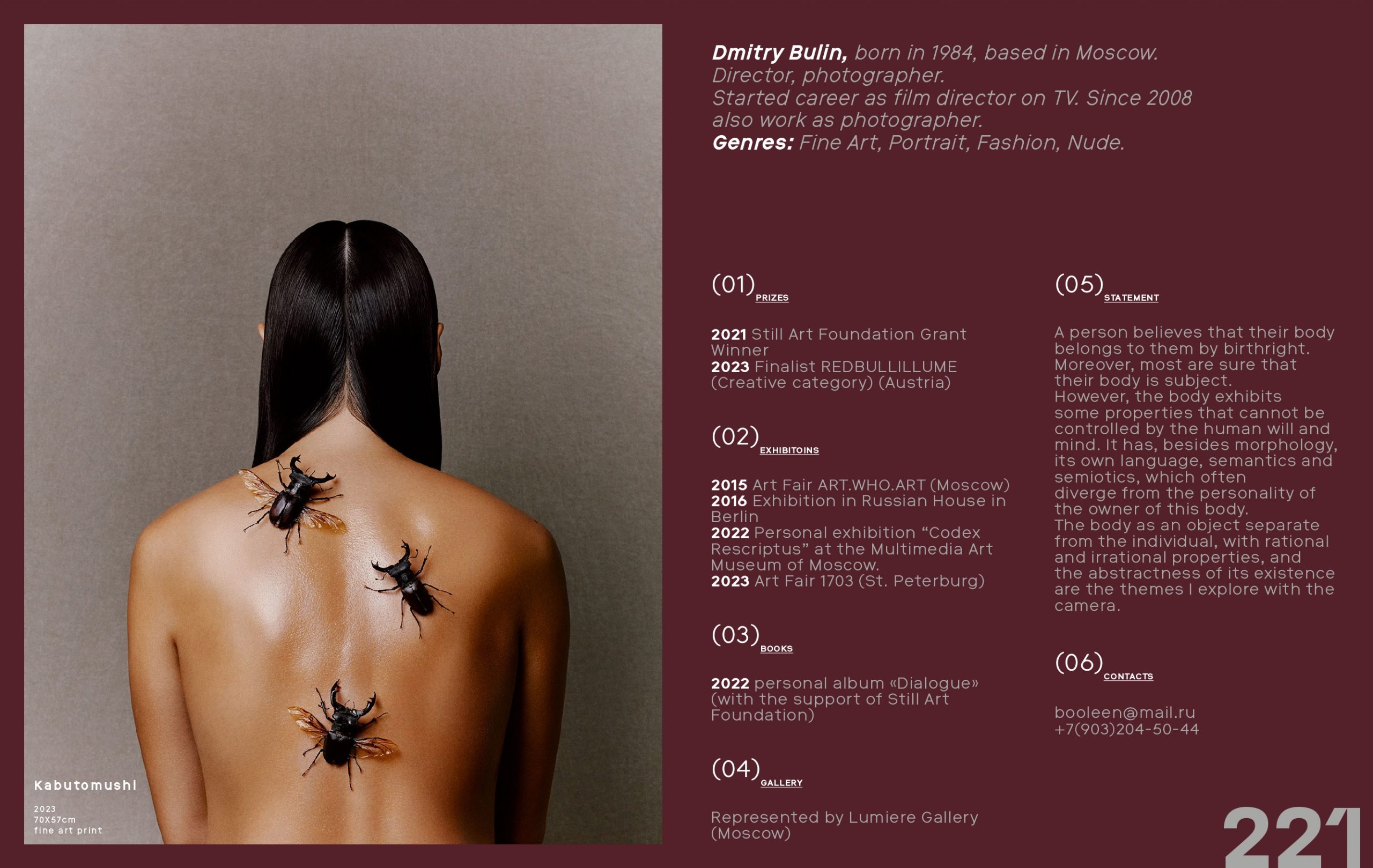
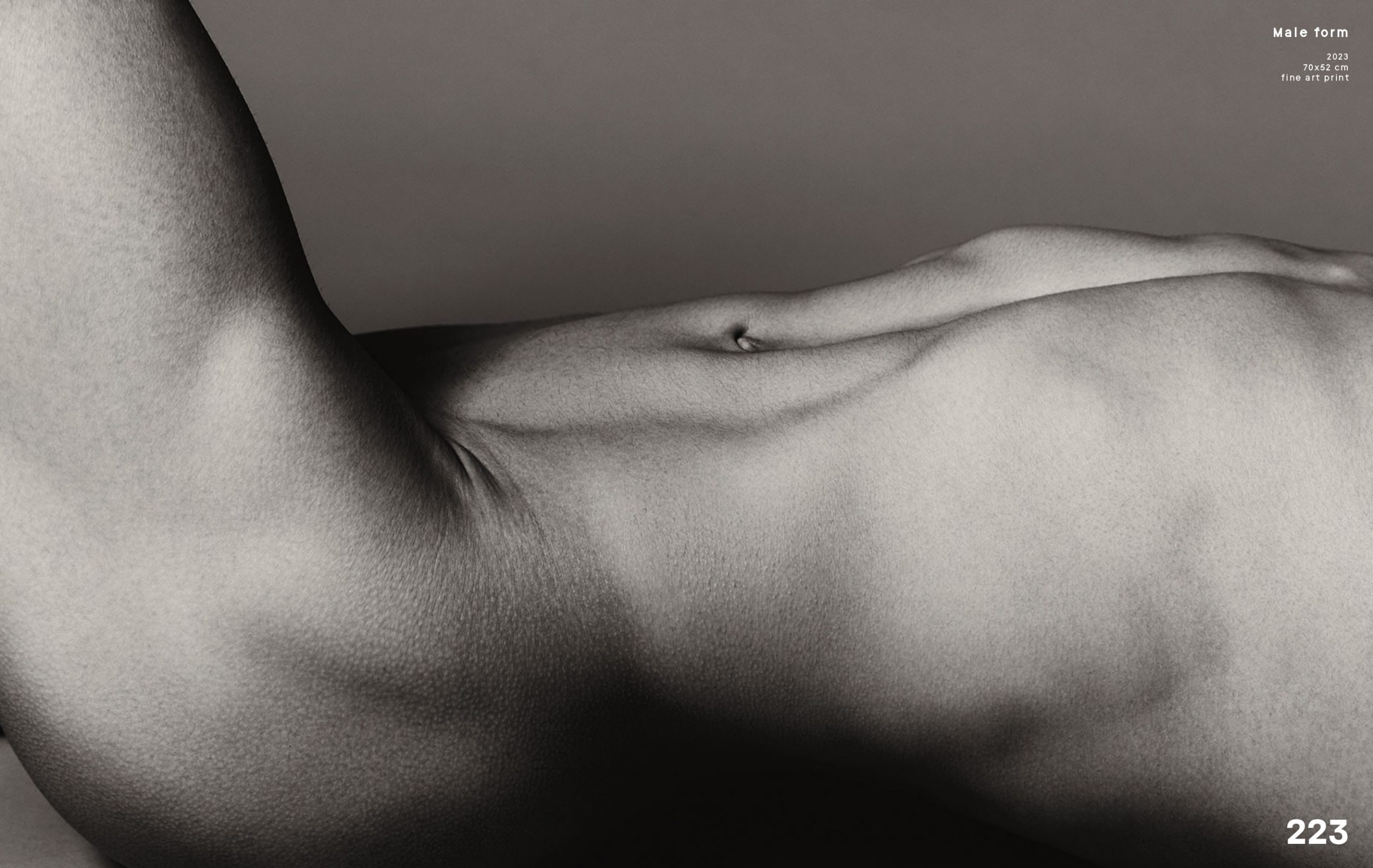
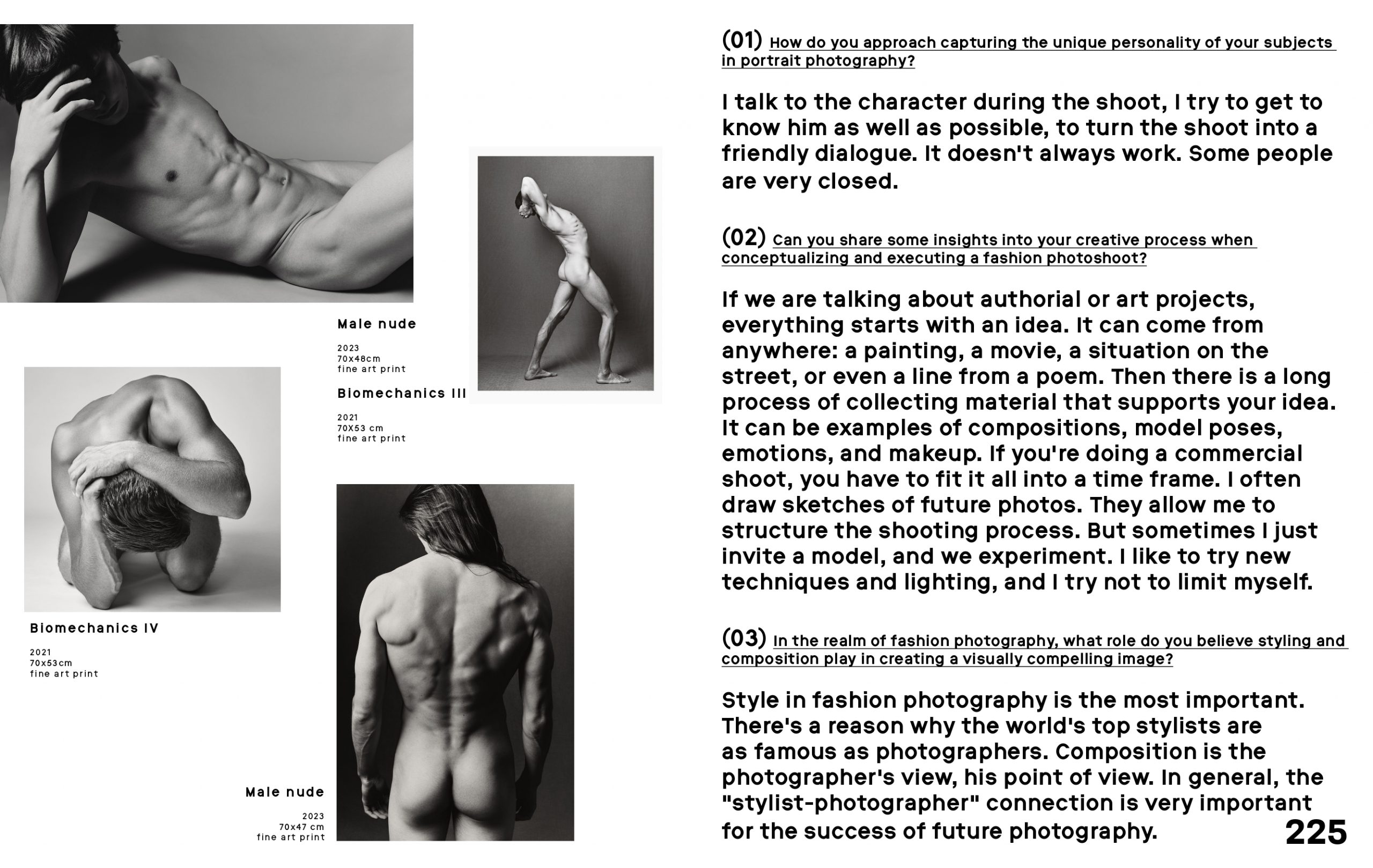
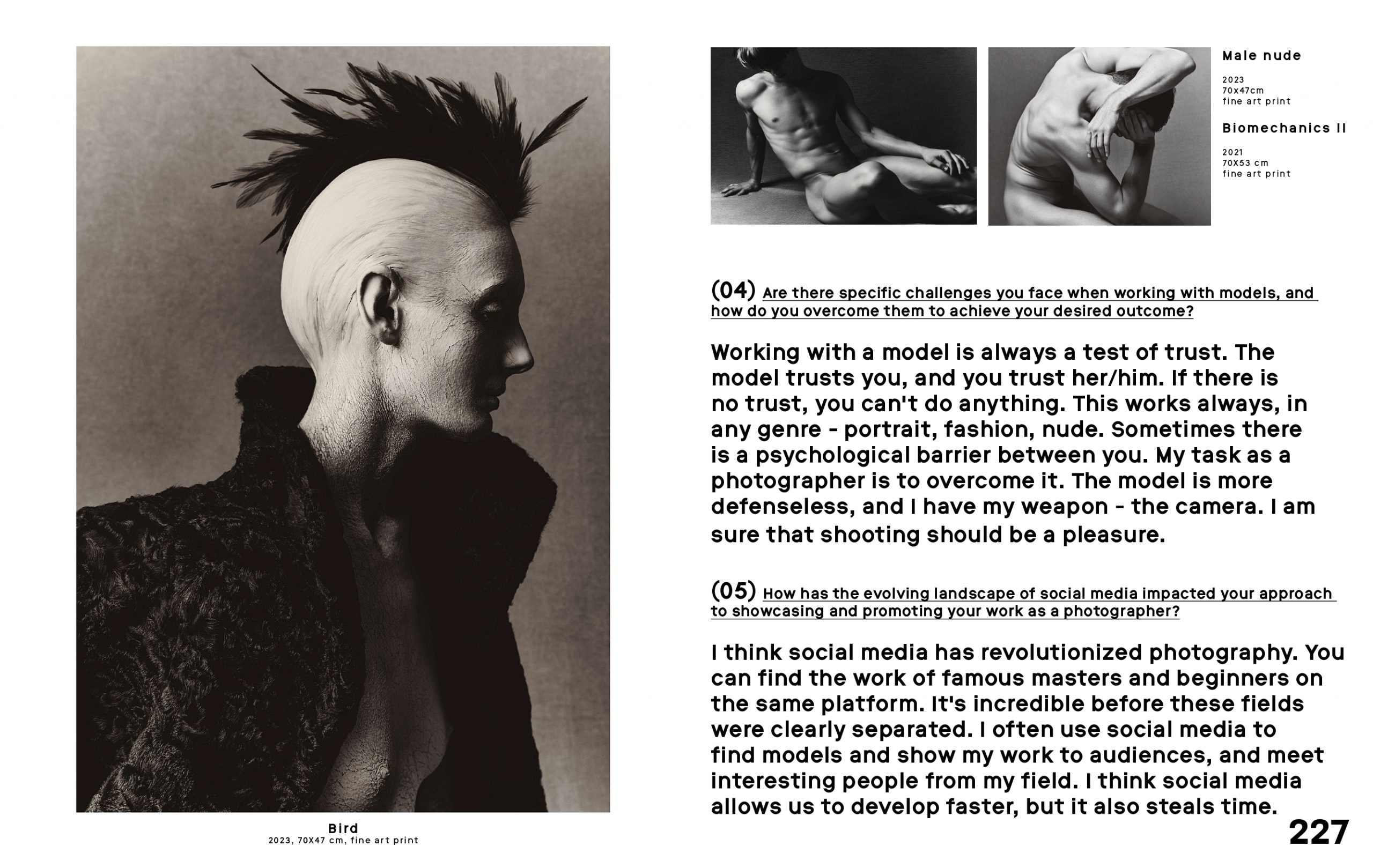
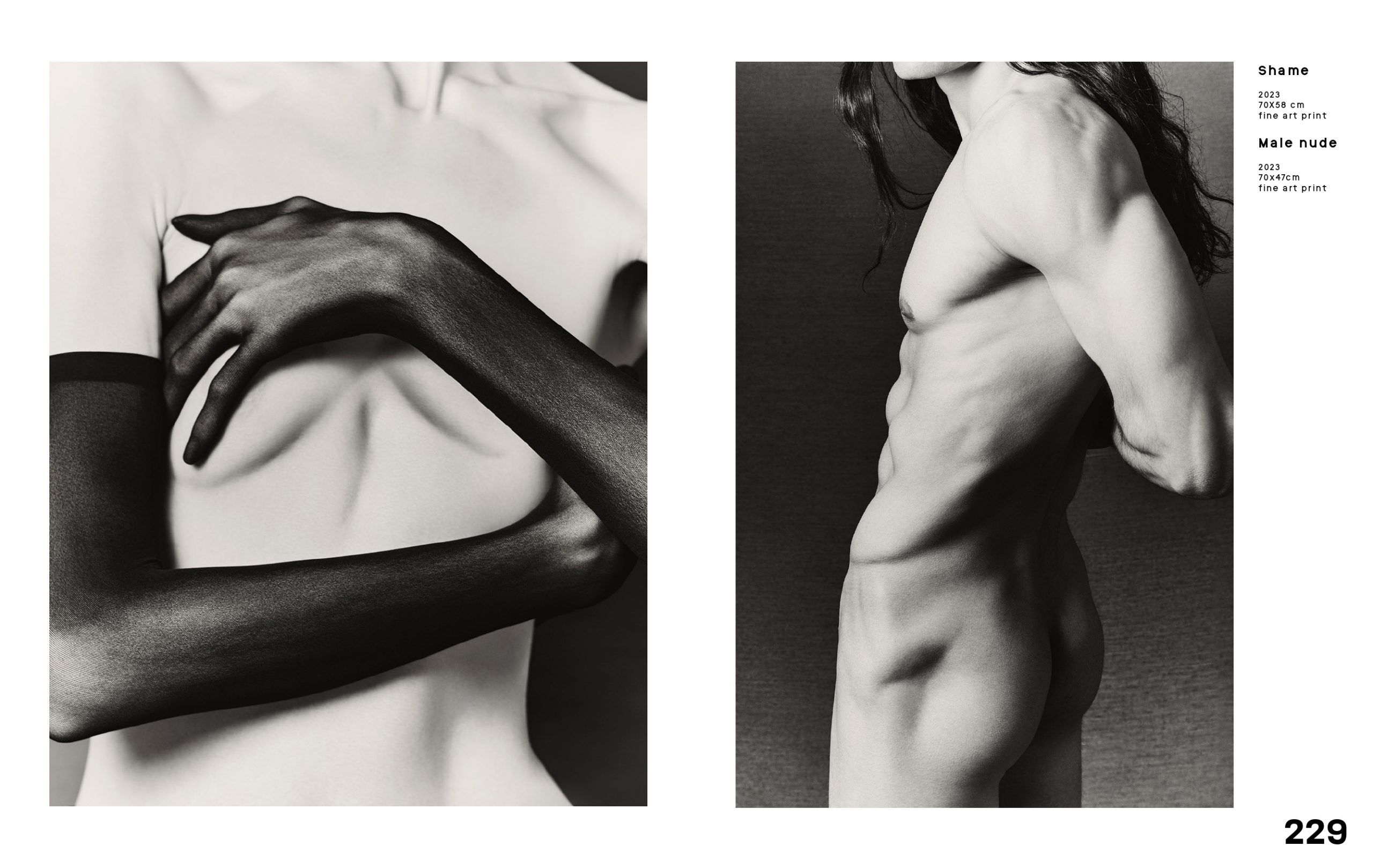
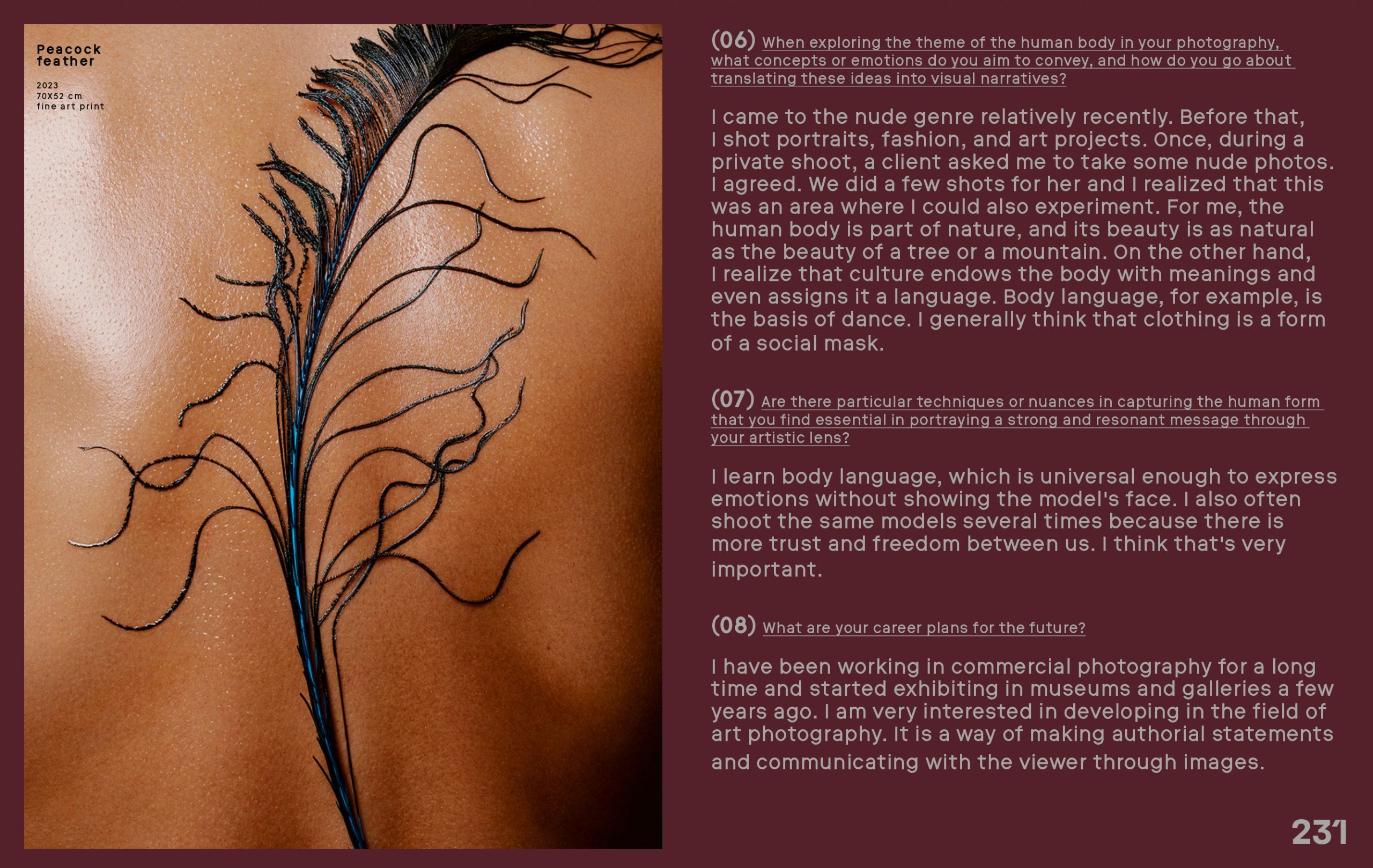
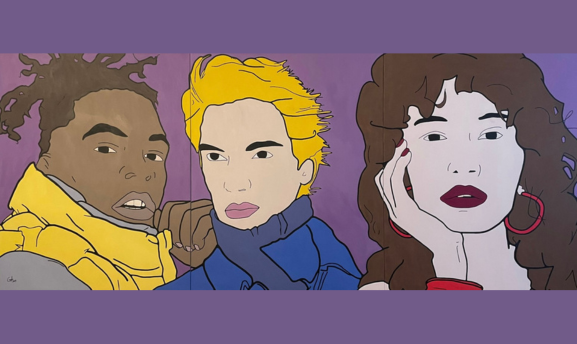
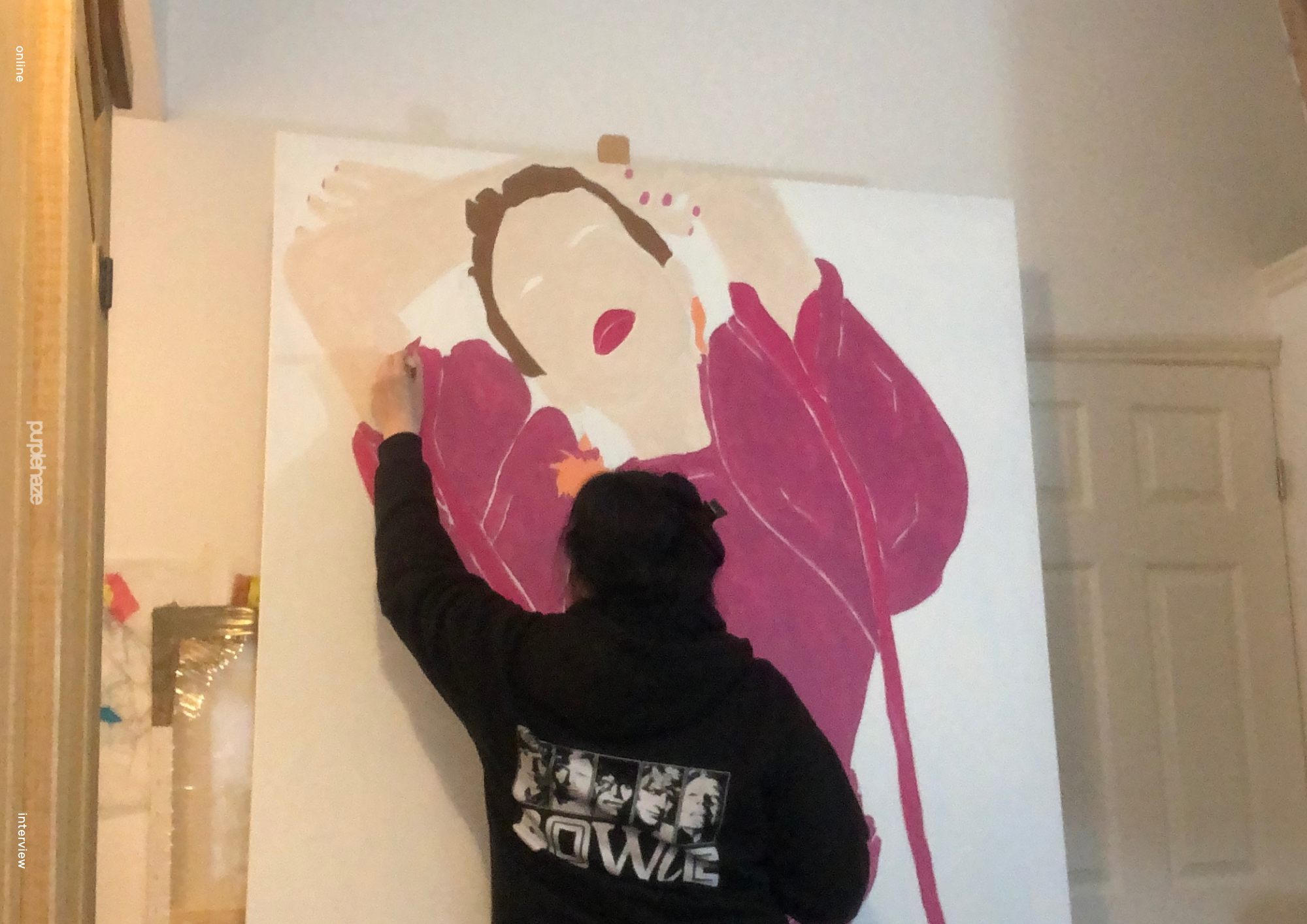


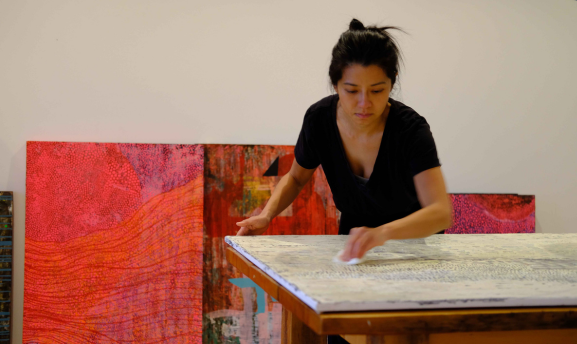
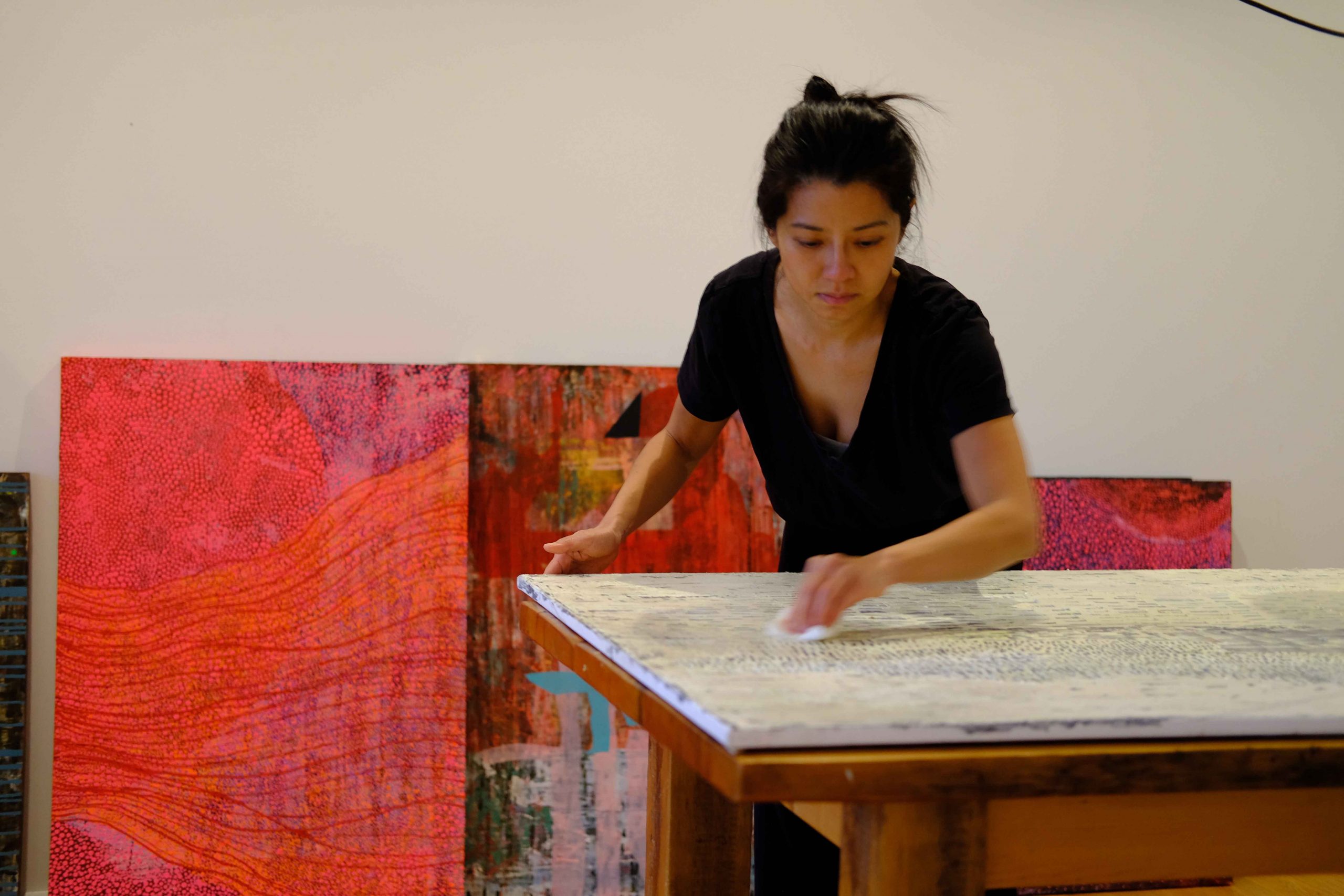
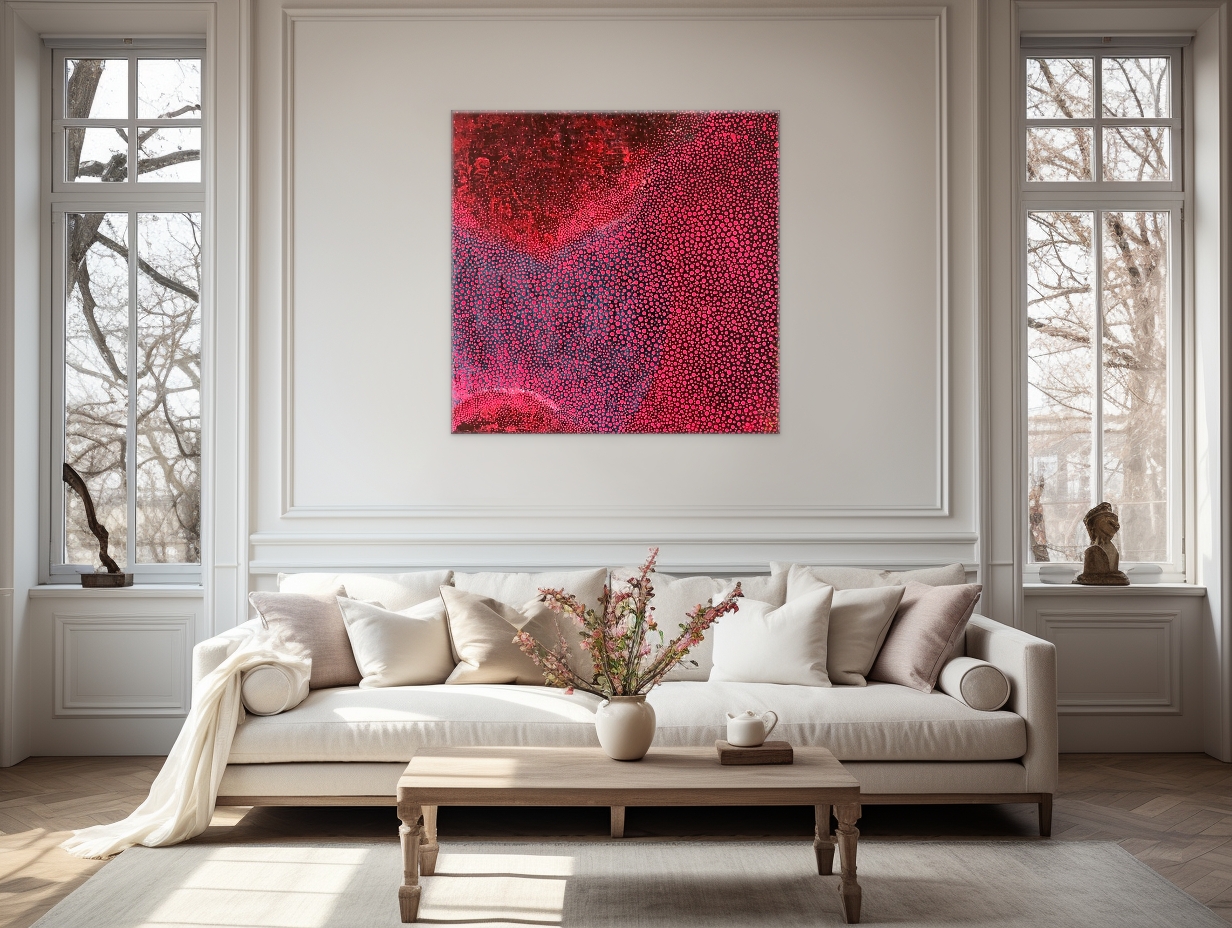
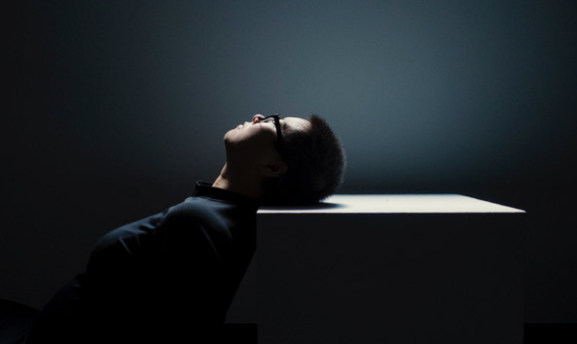

Neueste Kommentare